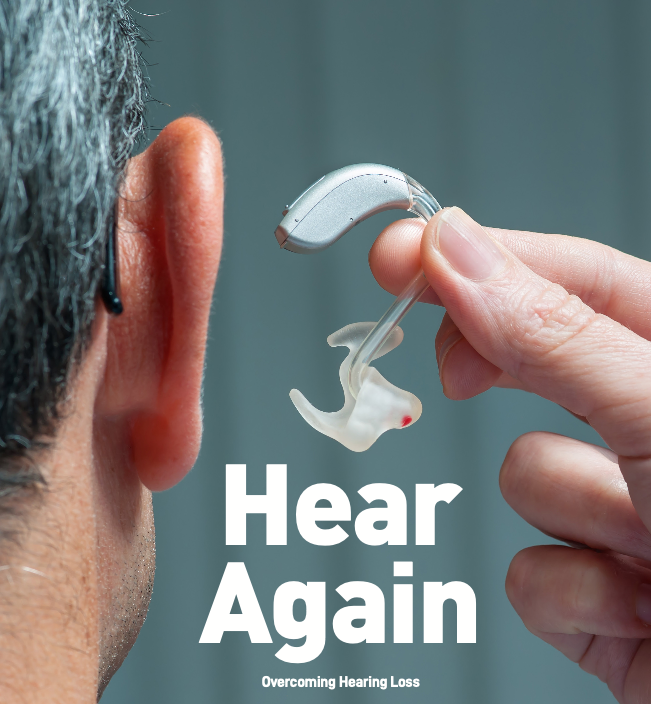
Beyond Silence: Exploring the Complexities and Effects of Hearing Loss
By Dr Lynne Lim, Ear, Nose and Throat Specialist, Singapore
Hearing loss Singapore is more common than many realise. Imagine someone saying, “Won upon a time, a itty mow when to vit a untry mow…” What you hear may sound confusing — just as it does for someone living with hearing loss. In this article, Singapore ENT specialist Dr Lynne Lim explores the complexities and effects of hearing loss, and how modern hearing aids and implants can restore sound and quality of life.
The actual words are:
“Once upon a time, a city mouse went to visit a country mouse. The country mouse lived in a field. He was glad to see his city friend. The two mice ran around the field and played until noon.”
You might think it’s inconceivable that the second version could ever sound like the first. Yet this is how a person suffering from hearing loss may perceive speech — fragmented, distorted, and confusing.
Understanding How We Hear
We are able to hear thanks to about 20,000 delicate hearing hair cells in the inner ear’s cochlea. Unlike birds or frogs, these cells cannot regenerate once damaged.
In Singapore, four in every 1,000 babies are born with hearing loss. According to the National Health Survey, one in five people in their 50s experiences hearing loss — rising to two in five in their 60s, and up to 80% among those aged 70 and older.
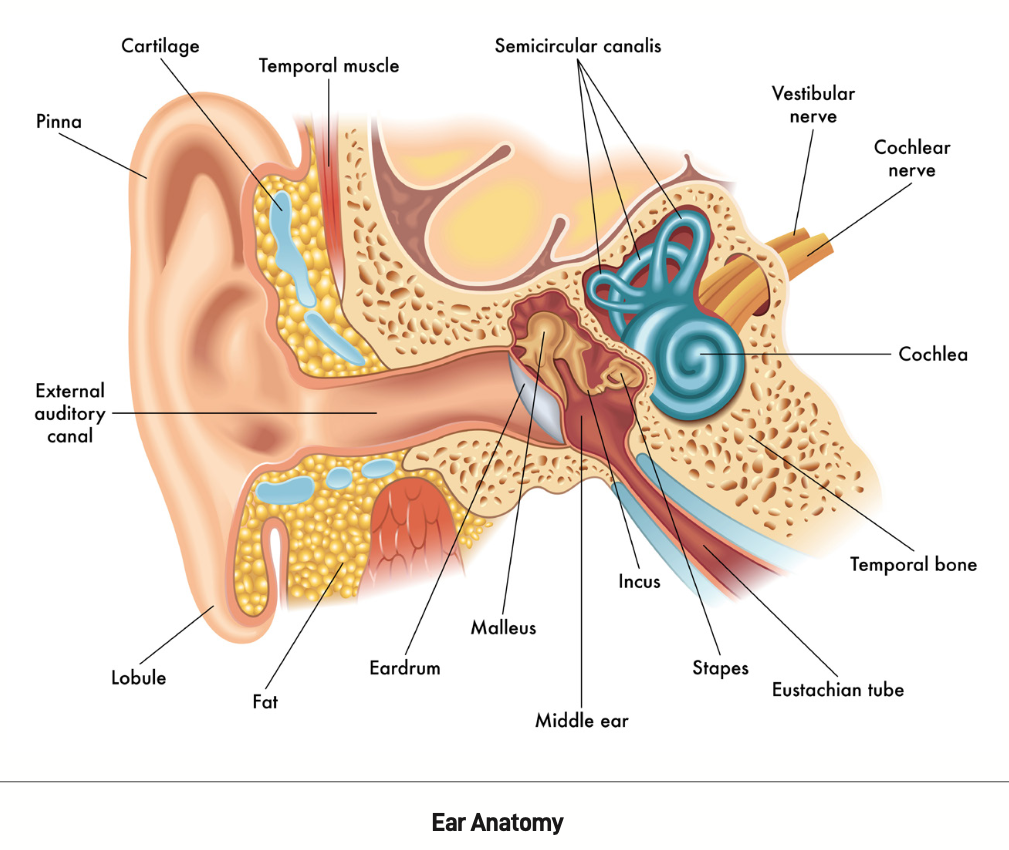
Causes of Hearing Loss
1. Age-Related (Presbycusis)
Age-related hearing loss is the leading cause worldwide. It occurs as the sound-sensing cells in the inner ear naturally degenerate with age.
2. Noise-Induced Hearing Loss
The second leading cause, affecting one in six teenagers. Loud music, workplace and environmental noise can damage hearing over time. People working in clubs, factories, or heavy industries face higher risks if they do not use proper ear protection.
3. Infections
Viral, bacterial, or fungal infections — such as rubella or cytomegalovirus — can affect the outer, middle, or inner ear. They may occur due to ear picking, swimming, or as a complication of other infections.
4. Congenital or Genetic Causes
About four in 1,000 newborns in Singapore suffer from congenital or genetic hearing loss. Causes include maternal infections during pregnancy (e.g., cytomegalovirus, toxoplasmosis, herpes), genetic mutations, anatomical deformities, or complications such as severe jaundice or exposure to hearing-toxic drugs.
5. Trauma or Ototoxic Drugs
Head or ear injuries, as well as certain intravenous antibiotics or chemotherapy drugs, can cause permanent hearing loss.
6. Tumours
Benign or malignant growths in the ear or hearing nerve can also result in hearing impairment.
7. Central Auditory Processing Disorder (CAPD)
In CAPD, the ears can hear but the brain fails to process sounds properly. Often underdiagnosed in this region, CAPD can lead to learning difficulties in children, including problems with reading, writing, and speech development.
8. Auditory Neuropathy
This occurs when sound transmission from the inner ear to the hearing nerve and brainstem is disrupted.
9. Poor General Health
Chronic conditions like diabetes, hypertension, and unhealthy habits such as smoking can increase one’s risk of hearing loss.
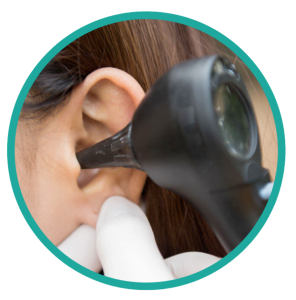
Levels of Hearing Loss
-
Normal hearing: Can detect sounds up to 25 dB.
-
Mild hearing loss: Difficulty hearing soft sounds or speech in noisy environments; others may sound like they are mumbling.
-
Moderate hearing loss: Even moderately loud sounds may be hard to hear, especially with background noise.
-
Severe hearing loss: Without amplification, shouting is often needed to communicate.
-
Profound hearing loss: Speech reading, sign language, or cochlear implant surgery may be required.
Impact on Daily Life and Health
Hearing loss can affect confidence, learning ability, social interaction, and work performance — ultimately diminishing quality of life.
It is linked to depression, dementia, and memory decline, with sufferers two to five times more likely to develop these conditions.
Even mild hearing loss triples the risk of falls and hospitalisation among older adults. Because the brain works harder to interpret incomplete sounds, areas responsible for memory and speech processing may shrink over time. Everyday sounds — such as boiling water, traffic, or alarms — may go unnoticed, increasing safety risks.
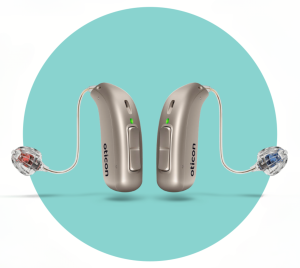
Treatment Options for Hearing Loss
It is crucial to first rule out treatable or serious causes such as infections or nerve tumours. For such cases, medication, surgery, or radiation therapy may help.
For permanent hearing loss due to ageing, congenital issues, or disease, modern hearing aids and implants can make a life-changing difference — yet awareness and adoption remain low.
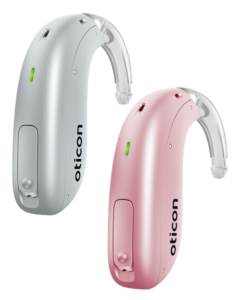
Hearing Aids: Small Devices, Big Impact
Modern digital hearing aids can rehabilitate up to 90% of hearing loss, significantly improving quality of life.
Each hearing aid consists of:
-
A microphone (captures sounds)
-
An amplifier (converts and adjusts digital signals)
-
A receiver (delivers sound to the ear)
Unlike older analogue devices, digital hearing aids use advanced sound processing to differentiate between speech and background noise. They can be personalised for specific hearing patterns and environments — such as meetings, restaurants, or music listening.
Common Features
-
Noise Cancellation: Reduces wind, car, and background noise.
-
Directional Microphones: Focus on a chosen sound source.
-
Feedback Reduction: Minimises squealing or whistling sounds.
-
Tinnitus Relief: Offers sound therapy for ringing in the ears.
-
Wireless Connectivity: Pairs directly with smartphones, TVs, and computers for discreet audio streaming.
-
Custom Styles: Available in behind-the-ear (BTE/RIC) or in-ear (ITE/CIC) designs.
Note: Hearing aids require professional fitting and adjustment. They are medical devices — not accessories — and must be tailored for each individual.
Beyond Hearing Aids: Advanced Surgical Options
-
Middle Ear Implants: Transmit sound by directly moving middle ear bones or the cochlear membrane. Available in semi-implantable and fully “invisible” versions.
-
Bone-Anchored Hearing Systems: Bypass the ear canal and middle ear to deliver sound directly to the inner ear — ideal for severe unilateral hearing loss or absent ear canals.
-
Cochlear Implants: Stimulate the hearing nerve via electrodes placed in the cochlea, allowing even those with total deafness to hear again.
-
Auditory Brainstem Implants: Used when hearing nerves are absent or damaged; sound signals are transmitted directly to the brainstem.
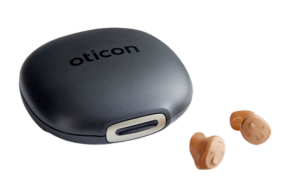
Be Kind and Considerate
Hearing loss can be deeply isolating. To communicate effectively:
-
Get the person’s attention before speaking so they can focus on you.
-
Reduce background noise by switching off the TV or choosing a quiet spot.
-
Speak clearly and at a moderate pace; rephrase rather than repeat if needed.
-
Be patient and kind. Frustration can make the person withdraw from conversations.
-
Face the listener. Lip-reading helps connect missing words.
-
Provide context. Hearing “ca—” could mean cat or cap; context fills the gaps.
Key Message
Hearing loss is not just about sound — it affects communication, cognition, and emotional well-being. With compassion, early diagnosis, and modern treatment, individuals can reconnect with the world around them and rediscover the joy of hearing. PRIME


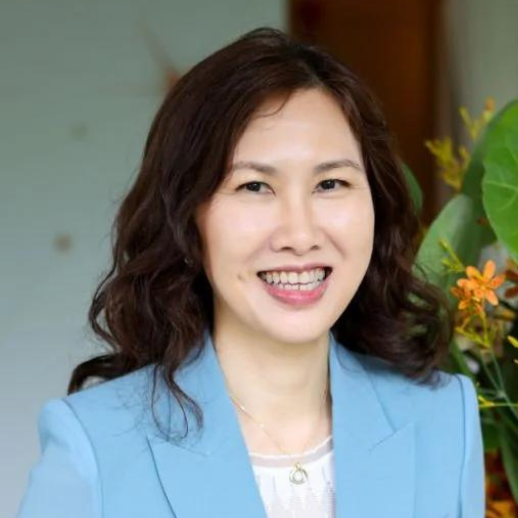
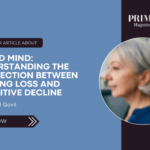


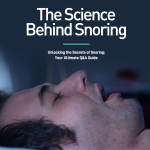



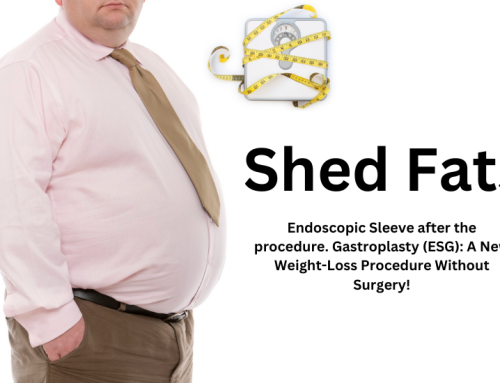

Leave A Comment